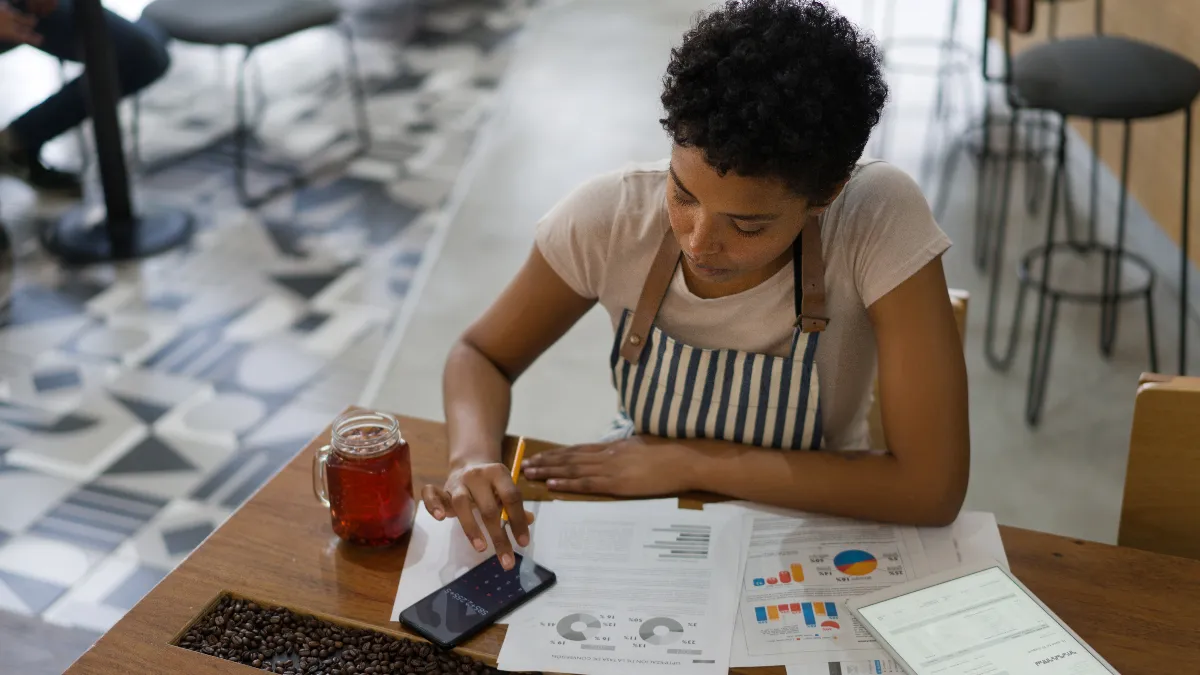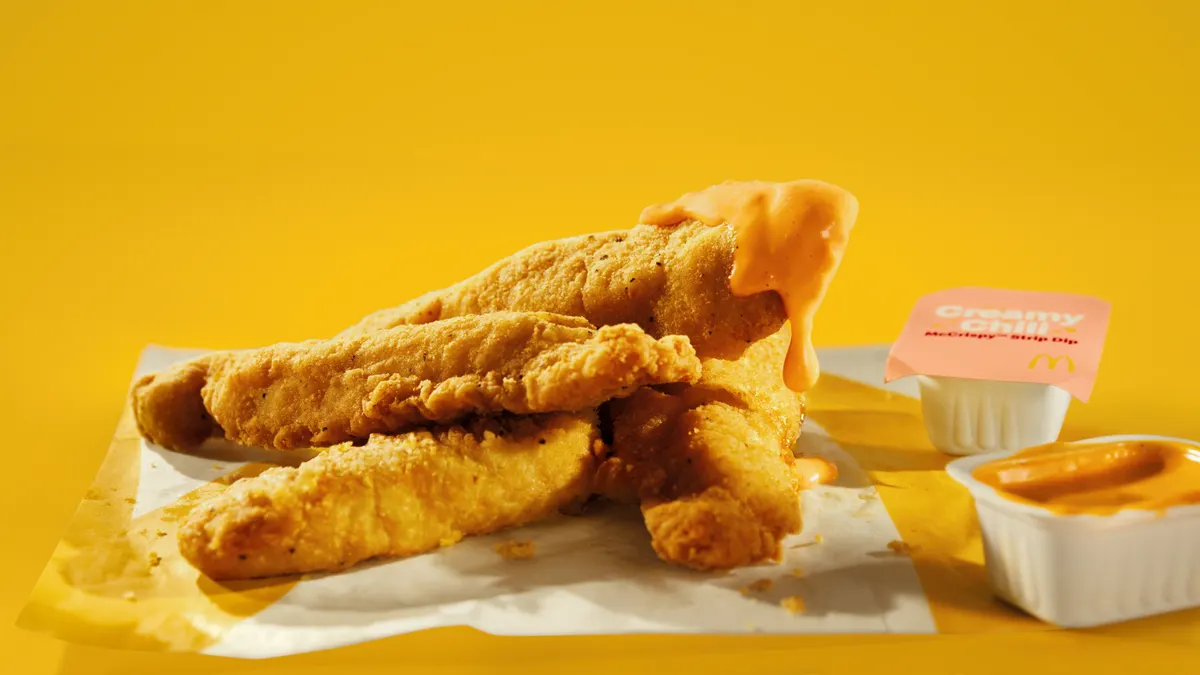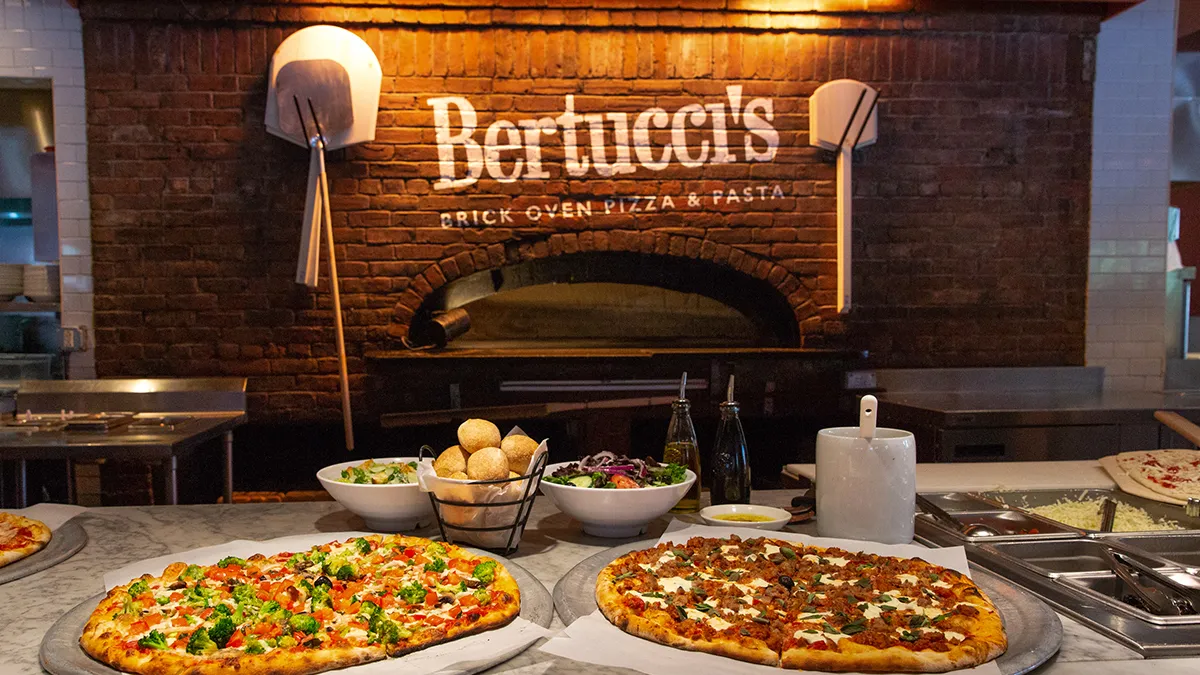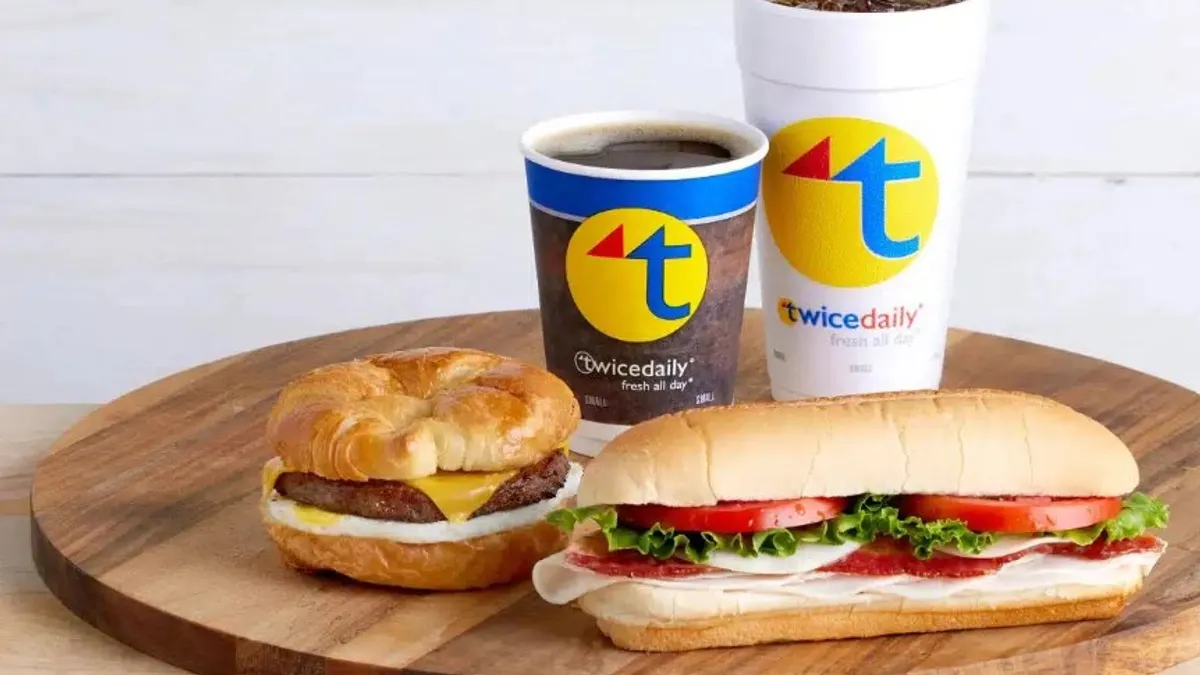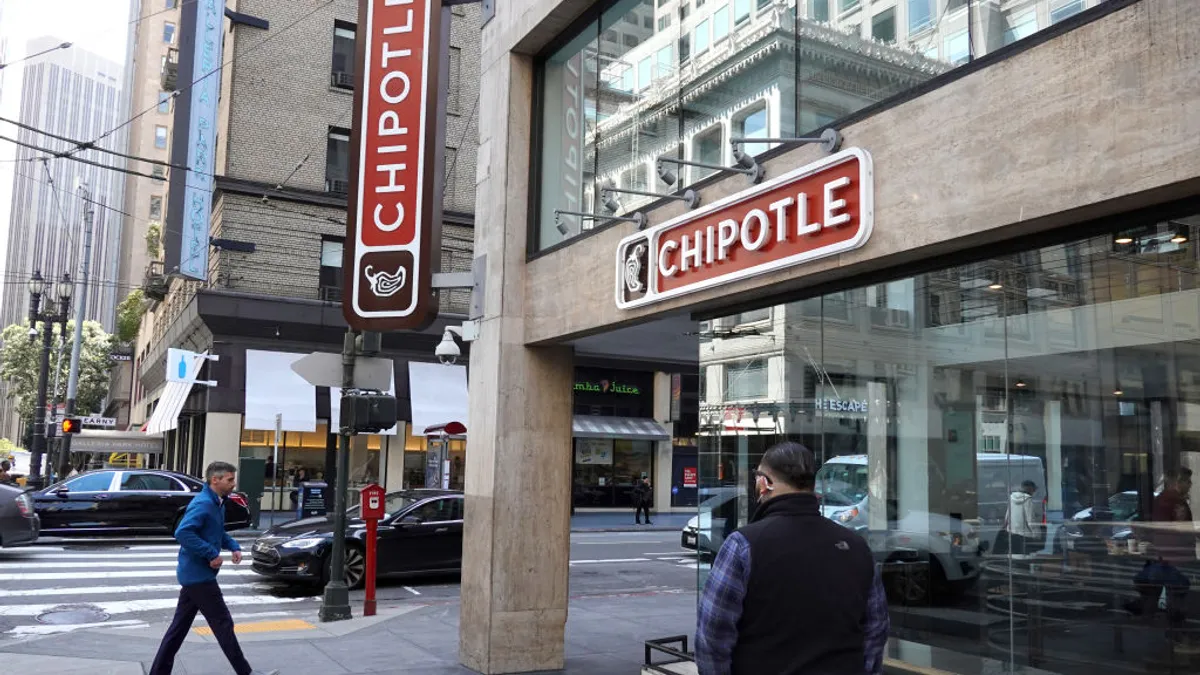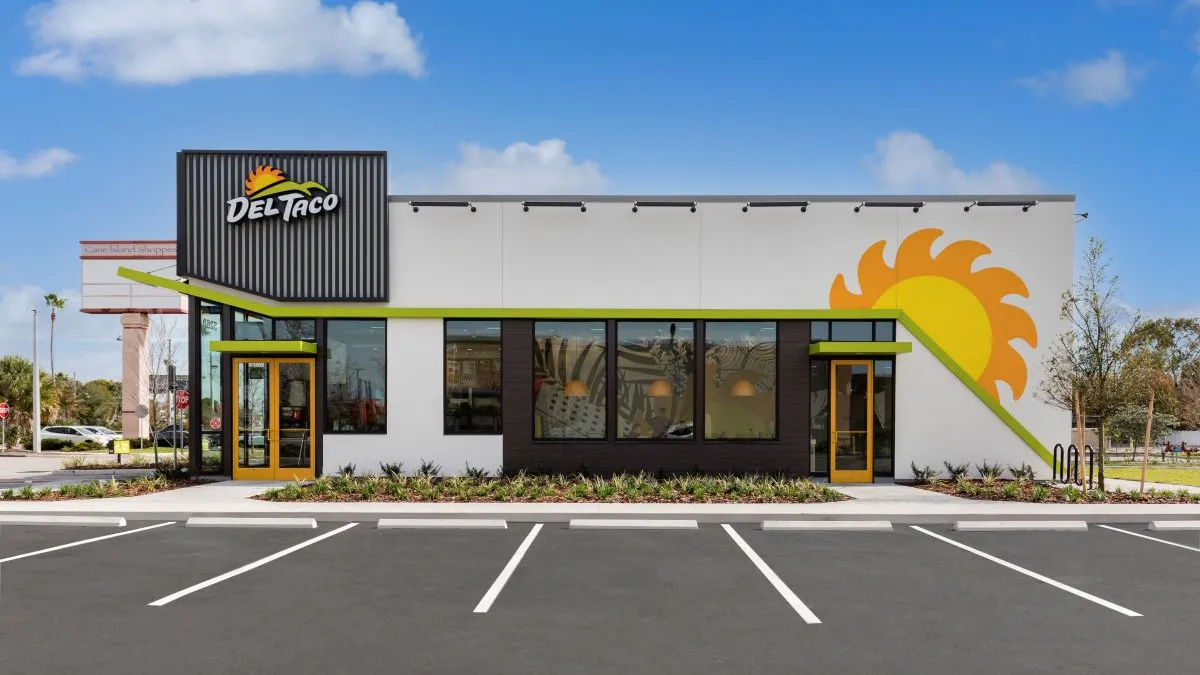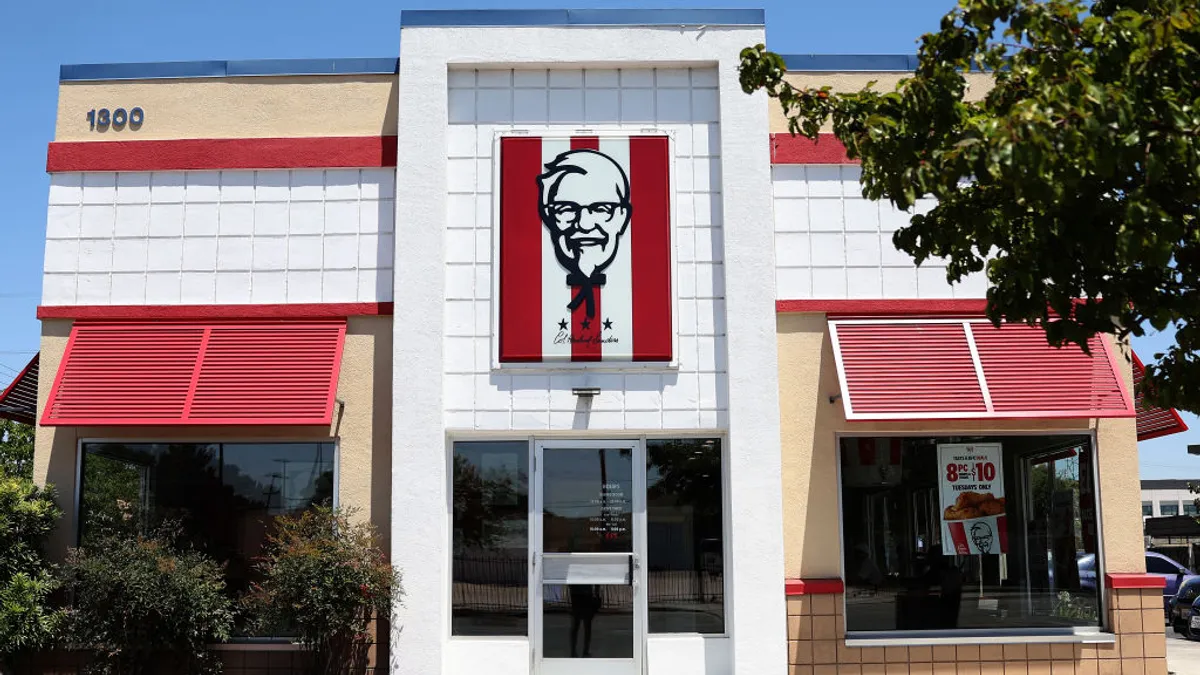The following article is a guest post by Kelly Esten, SVP & GM of enterprise at Toast.
We’ve all read the stories, seen the social media rants and heard our friends and family talk about it: tipping fatigue. During the early part of the pandemic — when restaurant employees were not yet vaccinated and working in a riskier environment than today — many people reacted graciously by tipping more than usual, whether that meant 20%, 25%, or 30%. Consumers also began to consider whether counter service at businesses like coffee and ice cream shops should require a tip.
This past spring, the narrative in the media around tipping became… “enough already.” That’s why it’s fascinating to see that customers are still being generous. Toast data shows that diners were leaving tip amounts that were 9.9% higher in Q2 2022 compared to the same period last year, even as inflation rates rose across U.S. markets.
This is good news for restaurant workers, who depend on gratuities to supplement their hourly wages. U.S. Bureau of Economic Analysis data also shows food-based hospitality spending increased in the second quarter while other consumer spending was flat. Bigger tip amounts also defy the “tipping fatigue” trend, so let’s look at the gap between the buzz and reality and delve into its causes, namely economic headwinds and a new technological era for restaurants that is transforming the dining experience.
Touch screens drive gratuity beyond menu inflation
Sticker shock has been a common reaction among diners when opening a menu in the last couple of years. We’ve all seen it. Maybe it’s a $15 dollar cheeseburger that is now $20-plus; or a latte that went from $5 to $7.
Many items have become more expensive due to supply chain issues, labor constraints and other economic headwinds. The resilience of restaurants has again been tested as costs for ingredients, supplies and staff have soared. As a result, menu prices are up, especially in full-service restaurants where dish prices have jumped as much as 20%.
Toast found that, across transactions where a tip was added by a credit card or digital payment, restaurant diners during the second quarter tipped 19.7% on average of the total bill if they ate on-premise. This amount is just 0.3% less than the 20% they tipped in for the same period in 2021. Therefore, despite inflation, we see tipping rates in restaurants holding steady.
Restaurants have allowed people to easily order more food and drinks at their table from their phones without having to wait for a server. This can lead to higher check totals, and larger tips as a result. For instance, if the dinner-and-drinks ticket for two is $125 rather than $85, the tip at 20% gratuity will be $8 more.
Touch screen tablets also offer customers the ability to choose a 15%, 20% 25%, or 30% tip with the touch of a button — the days of scribbling down a math equation to figure out how much gratuity to leave are long gone. On top of that, restaurants have the ability to set their own default tipping rates.
So, being a good tipper has never taken less effort for restaurant customers. And servers, who often need tips to make a livable wage, are benefiting from this trend, which is part of a larger digital shift in the restaurant industry.
A new kind of hospitality emerges
Historically, diners have decided exactly how much to tip based on their restaurant experience, adding or subtracting percentage points during evaluations of the service they complete after finishing their meal. Another factor that could be contributing to steady tip rates despite inflation is technological advancements driving better restaurant service.
Diners now have more control over how quickly they get their food and drinks. For instance, smartphones give on-premise diners the chance to order, pay and leave on their own timeframe without having to wait for a server to complete their transaction. This convenience may convince some patrons to tip more. What’s more, mobile apps could soon be used to pre-order drinks and appetizers so they are ready upon arrival at the eatery.
These types of experiences alleviate the need for the server or host to handle basic requests, giving them more time to answer questions about menu items, wine options and palate pairings. All of this bodes well for patrons to be in a “tipping mood” as potential moments of frustration have been removed from the dining experience. After all, nearly 60% of consumers are willing to pay more for a better experience.
So, here’s the deal: while the popular sentiment is that consumers are growing weary of gratuity, many restaurant staffers are often earning more per table than before. This is improving the restaurant employee experience and likely helping restaurants attract and retain staff during a time when many types of businesses are facing labor constraints. And that’s the kind of news we can all raise a glass to.


